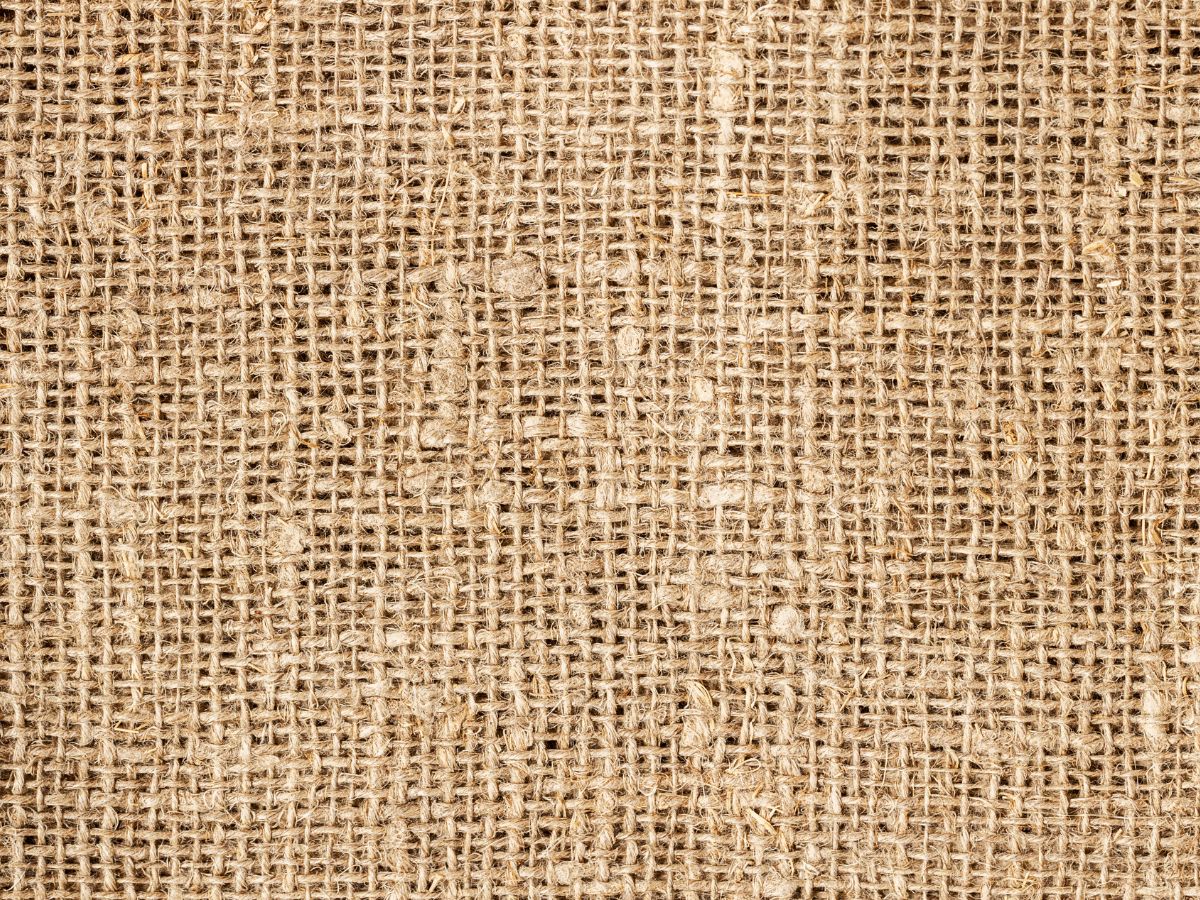
Canvas Textures Explained: Smooth vs. Rough
As an artist, the canvas you choose serves as the foundation of your masterpiece. One critical aspect to consider is the texture of the canvas, which can significantly influence your painting’s outcome. Here’s what you need to know between smooth and rough canvas textures and how each can impact your artistic expression.
Smooth Canvas: Precision and Detail
Smooth canvases are characterized by their fine, tightly woven fibers, resulting in a sleek surface. This minimal texture is ideal for artists focusing on intricate details and precision.
For example, portrait painters often prefer smooth canvases because the lack of pronounced weave allows for subtle brushwork, enabling the delicate rendering of skin tones and facial features. The even surface ensures that fine lines remain sharp and colors blend seamlessly, providing a polished finish to detailed compositions.

Rough Canvas: Expressiveness and Depth
In contrast, rough canvases boast a more pronounced weave, offering a textured surface that can add depth and dynamism to a painting. This texture is particularly beneficial for artists who use bold, expressive techniques. The uneven surface can enhance the visual impact of broad brushstrokes and impasto applications, where thick layers of paint are applied to create a three-dimensional effect. The interplay between the peaks and valleys of the canvas weave can introduce intriguing variations in paint application, contributing to a painting’s overall energy and movement.

Choosing the Right Texture for Your Art
Selecting between a smooth or rough canvas depends largely on your artistic goals and the techniques you intend to use. If your work demands meticulous detail and a refined finish, a smooth canvas may be the appropriate choice. If you’re aiming to convey emotion through texture and dynamic brushwork, a rough canvas could serve your purposes better.
 It’s also worth noting that the type of paint you use can interact differently with various canvas textures.
It’s also worth noting that the type of paint you use can interact differently with various canvas textures.
For example, oil paints, known for their rich, buttery consistency, can accentuate the texture of a rough canvas, adding to the painting’s dimensionality. Acrylics, depending on their viscosity, can either highlight or minimize canvas texture, offering versatility across different surfaces.
Experimentation: Finding Your Preference
Ultimately, the best way to determine which canvas texture suits your style is through experimentation. Try working on both smooth and rough canvases to observe how each surface responds to your brushwork and medium. Pay attention to how the texture influences the mood and aesthetic of your work. Over time, you’ll develop a preference that aligns with your artistic vision.
Understanding the differences between smooth and rough canvas textures empowers you to make informed decisions that enhance your creative expression. By selecting the appropriate surface, you can effectively convey the nuances of your subject matter and bring your artistic ideas to life.